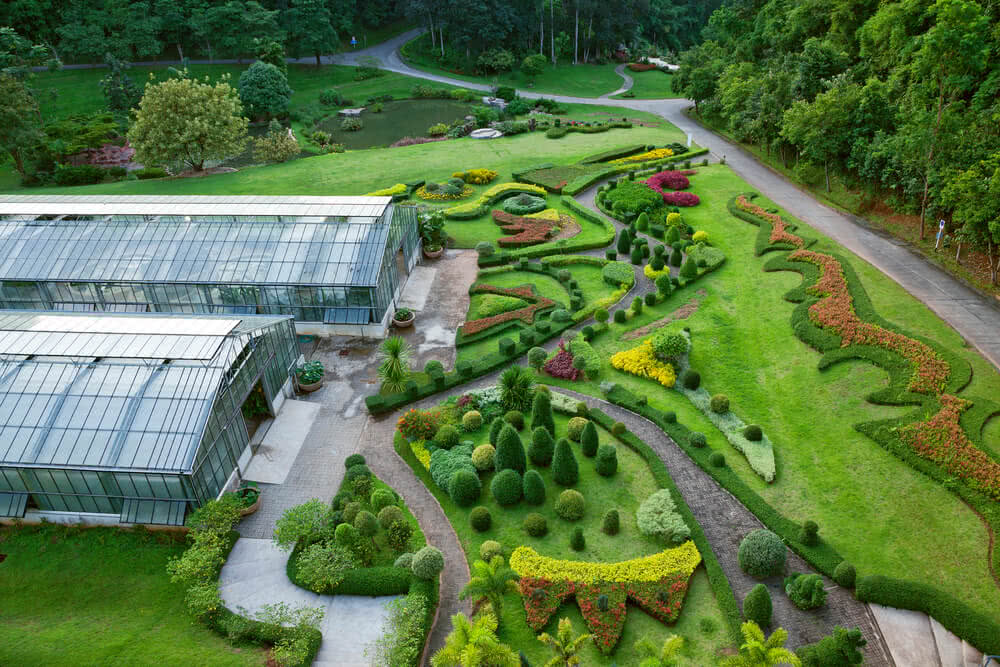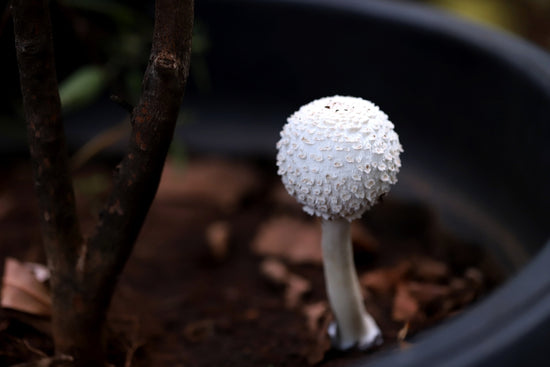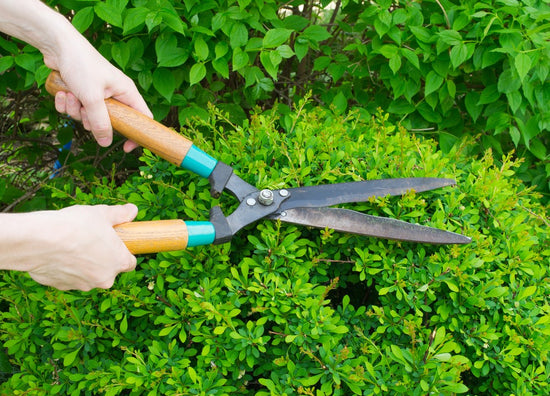Following are three basic forms of gardening:
1. Formal gardens:
- A formal garden is laid out in a symmetrical or geometrical pattern. In this garden, the design is stiff as everything is done in a straight and narrow way. In such gardens, everything is planned in straight lines.
- Square and rectangular geometric forms are repeated in the various hardscaping features of formal gardens.
- In the plan of formal garden design, the symmetrical balance is achieved when the same objects (mirror images) are placed on either side of an axis.
- For example: If there is plant on the left hand side of a straight road, a similar plant must be planted opposite place on the right-hand side.
- Arrange flower beds, borders and shrubbery in geometrically designed beds.
- Trimmed formal hedges, edges, cypress, Ashoka trees and topiary are typical features of a formal garden.
- Usually, formal gardens are designed for public parks, university/ library gardens, or essential government buildings.


2. Informal gardens:
- Informal gardens are characterized by following curves, non-symmetrical arrangements of features and spaces and plants that are allowed to grow into their natural shapes.
- In the informal garden, the underlying framework is almost entirely disguised by planting, and the garden should look as though it has grown up naturally.
- Informal gardens are harder to design than formal ones, as they are ruled by irregularity and natural looking planting.
- A site that is not geometric shape can be a sound basis for an informal garden.
- Some hardscaping structure needs to exist, or everything will relapse into an untrammelled wilderness.
- Diagonal or curved path work well, and boundaries between the various areas of your garden are often formed using native mixed hedging.
- In general, planting in informal gardens includes tall shrubs and taller trees to add to the vertical dimension, and these will often hide the edges of the plot to create a feeling.
- The garden should revel in colour and should look as natural as possible. If you would like to introduce water, natural-looking ponds, pools are ideal features.


3. Wild gardens:
- A comparatively recent style of gardening, the wild garden was expounded by William Robinson in the last decade of the nineteenth century. The concept of a wild garden is not only against all formalism, but it also breaks rules of landscape styles.
- The main idea of wild gardens is to naturalize plants in shrubberies.
- The grass should remain unmoved as in nature, and a few bulbous plants should be grown scattered in the grass to imitate a wild scenery.
- The garden passages should be opened in the woodland and trees, shrubs and bulbous plants should be planted among the forest flora to fulfil his idea of a wild garden.
- Allow the creepers to grow on the trees, naturally imitating those of the forest.
- Some modern versions of the wild garden are butterfly gardening, bird garden, biodiversity parks, bio-aesthetic planning and Nakshatra Udyan (The astral garden).


Whether it is a formal, informal or wild-type, the garden should have colour, texture, harmony and balance.
Happy Gardening!
Click to Buy Ugaoo Plants
Buy Indoor Plants Online
Buy Seeds Online
Buy Planters Online










